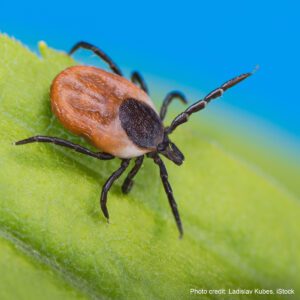
Mar 29, 2023 One Health: A Public Health Solution or Slogan?
Some of the earliest surveys of pet ownership in the United States were carried out in the 1970s by Robert Schneider and his colleagues at the University of California in Davis. They were interested in developing a One Health solution to human cancer by studying the cancer incidence in relatively short-lived companion animals as a possible means of understanding and predicting human cancer risk. A colleague at Davis, veterinary epidemiologist Calvin Schwabe, probably influenced Schneider’s interest in companion animal cancer incidence. Schwabe’s 1978 book, Cattle Priests and Medicine, documented the many links between animal and human health and argued that studying animal health was necessary for human health. Schwabe has also been credited with coining the term ‘One Medicine. However, medical giants Virchow in Germany and Osler in North America both emphasized the importance of One Medicine (or One Health) and the development of a deeper understanding of animal diseases a hundred years earlier.
One Medicine has now morphed into One Health, but the concept has yet to be wholeheartedly embraced by the medical profession. In 2008, a Commentary in the American Journal of Medicine noted that medical schools, unlike veterinary schools, typically do not emphasize the ecology of zoonotic pathogens despite the estimated 60% of human diseases (and 75% of emerging diseases) originating in animals. The situation may be changing. For example, in 2007, the American Medical Association approved a “one health” resolution promoting the importance of a partnership between human and veterinary medicine. Nevertheless, it took another ten-plus years and a global pandemic before the World Health Organization added ‘One Health’ to its main website’s list of health topics.
 Research Features recently published a One Health “success story” on tick diseases in dogs and people. The article noted that One Health describes a holistic approach to medicine in which the interactions “between humans, plants, animals and their environment are all examined to improve our health outcomes…”. The article also noted how information routinely gathered by veterinarians on various dog diseases transmitted by tick bites is being assessed for its potential as an early warning system to inform and improve human health.
Research Features recently published a One Health “success story” on tick diseases in dogs and people. The article noted that One Health describes a holistic approach to medicine in which the interactions “between humans, plants, animals and their environment are all examined to improve our health outcomes…”. The article also noted how information routinely gathered by veterinarians on various dog diseases transmitted by tick bites is being assessed for its potential as an early warning system to inform and improve human health.
Climate change will lead to an expansion in tick-friendly habitats and an increase in the incidence of tick-borne diseases among dogs and humans. Over the last twenty years, the number of counties in the USA where a key tick vector occurs – the black-legged tick, Ixodes scapularis (the deer tick) – has more than doubled. Using data from the routine surveillance of pet dogs for tick-borne diseases has been suggested as a means to track the potential threat to humans of tick-borne diseases such as Lyme disease and Rocky Mountain Spotted Fever.
The threat of tick-borne diseases to humans was addressed by the US Congress, which mandated the formation of a special working group on tick-borne diseases in the 21st Century Cures Act at the end of 2016. The act required that an interagency Lyme and Tick-Borne Disease Working Group should deliver a series of reports to Congress on tick diseases. In 2022, the group produced its third and final report.

According to this report, human cases of tick-borne disease in the United States have risen three-fold from 2001 to 2019. However, the reported case numbers are suspected to be a significant undercount of the actual case numbers. Examination of health insurance claims indicates that there may be almost 500,000 cases of Lyme disease treated each year in the United States (more than 10-fold the national surveillance data). The under-reporting of other tick-borne diseases (e.g., ehrlichiosis and anaplasmosis) is also probable.
It is suggested that veterinary surveillance data provides unique and vital hints and insights into the spread of tick-borne diseases in humans. Over 140 million test results were collected from around 10% of the pet dogs attending veterinary clinics between 2013 and 2019. Comparable data for people is unavailable since testing for tick-borne diseases is only conducted after overt illness has developed. Pet dog data could provide early warnings that would help protect both dogs and humans from tick bites and the diseases they transmit.
Undoubtedly, human and animal health could be improved by following in the footsteps of Virchow, Osler, and Schwabe and emphasizing the close links between human and animal (and environmental) health. Taking One Health seriously and developing sophisticated surveillance systems combining human and animal health data is a win-win solution for people and animals, not just a rallying slogan.


